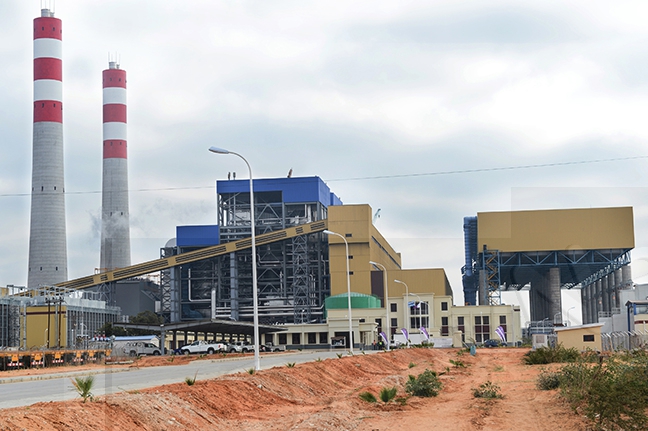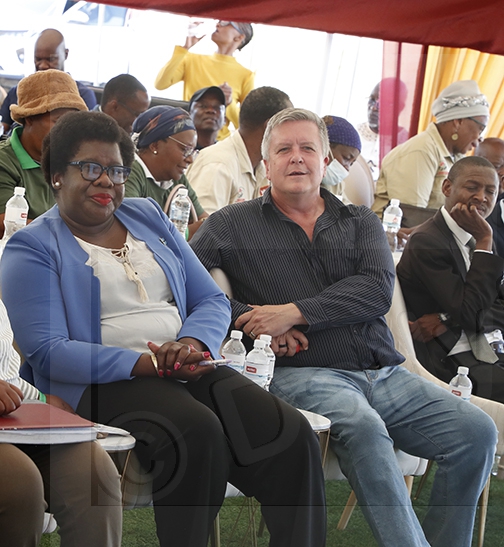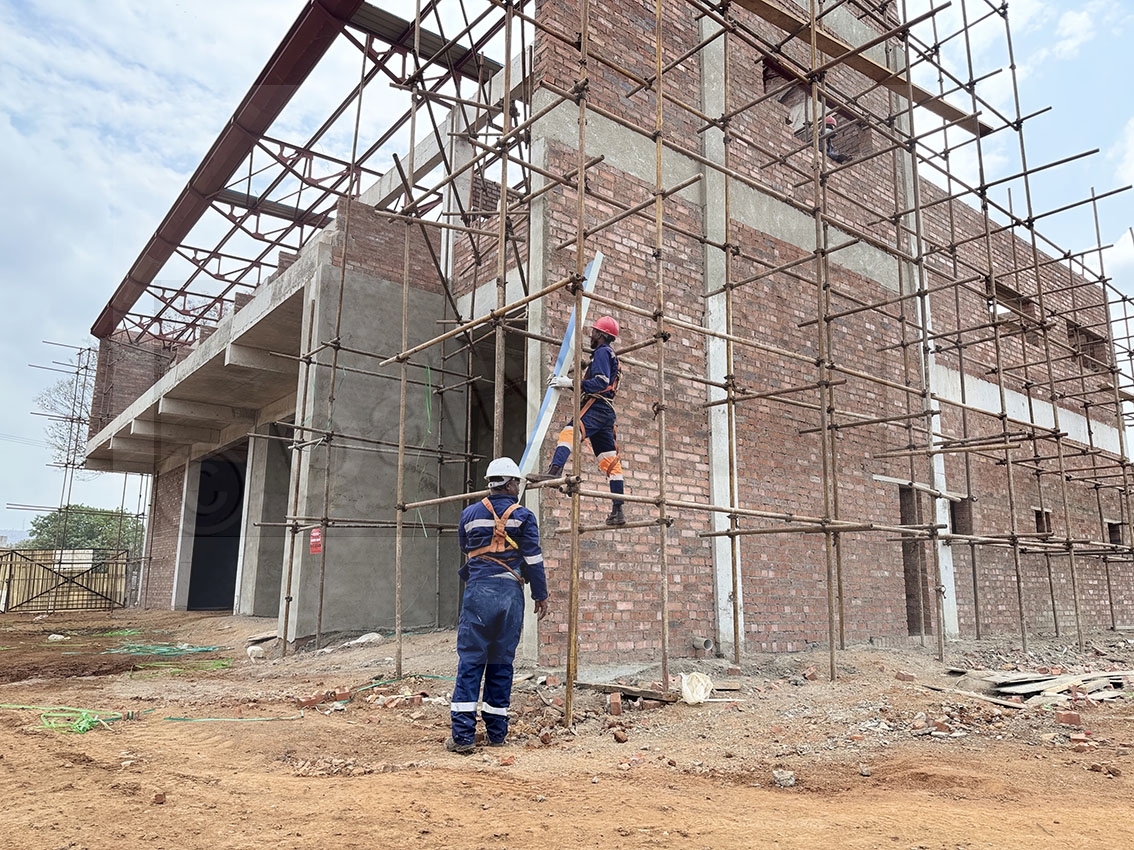Leather Park project takes shape
18 Jan 2023
The P370 million propose leather park project in Lobatse Lobatse Leather is taking shape.
By March this year, bush clearing and fencing, road, power and water networks are expected to be completed at the site.
Speaking in an interview this week, the acting chief executive officer of the Local Enterprise Authority (LEA), Mr Godfrey Molefe said a tender for bush clearing has already been awarded and that tenders for fencing were being evaluated.
Mr Molefe said all necessary services would be gradually brought on site and that the provision of bulk water might be a challenge because Lobatse does not have sufficient water sources.
He said with Water Utilities Corporation (WUC) channelling water to the site, it would be reliable and that they needed to sign a contract with WUC to supply them with untreated water from Nnywane Dam.
He noted that untreated water was ideal for cleaning raw hides, hence the need to reach an agreement with WUC to supply the plant with raw water.
He said the main project incorporated setting up of tanneries, noting that hides would be treated and processed to become products that designers and stylists could utilise.
Mr Molefe said they hoped to attract investors at a later stage, saying the preliminary stage was expensive but not profitable.
He further stated that the bigger project included the waste treatment plant. He noted that previous efforts to establish a tannery failed due to the lack of a viable and environmentally friendly way to dispose dirt and waste.
Mr Molefe said the other infrastructure need was an effluent treatment plant to collect waste from the leather park to the municipal sewer system for it to be treated like other household waste.
He said the setting up of both the tanneries and waste treatment plant was the priority and that once completed, the leather park would gain the much needed traction.
Mr Molefe also noted that the project was delayed by the need to reconfigure the project to address risks and to conform to global environmental standards on green processing and sustainability.
He also said the reduction in cattle slaughtered at Botswana Meat Commission necessitated a rescoping and rescaling of the project to accommodate variations.
He said the rescoping was prompted by declining livestock numbers as well as the slaughter figures. He added that the business model had to be revised to ensure viability and to determine the minimal levels of raw material required to kick-start the project profitably.
“This includes consolidating five tannery units into a single unit that will allow the project to commence at a capacity of 20 – 25 tonnes of hides per day and gradually increase production to a maximum capacity of 70 tonnes a day,” he said.
Furthermore, he said it was also due to changes in technology, adding that there was need to employ current technology to minimise water consumption and to reduce the solid waste footprint by converting by-products into new products as per the government’s reset agenda on value chain development.
Mr Molefe noted that the industry had moved from clean technologies to green technologies.
He added that it had resulted in the relocation of tanneries to countries with environmental green waste management credentials. ENDS
Source : BOPA
Author : Marvin Motlhabane
Location : Gaborone
Event : Interview
Date : 18 Jan 2023





